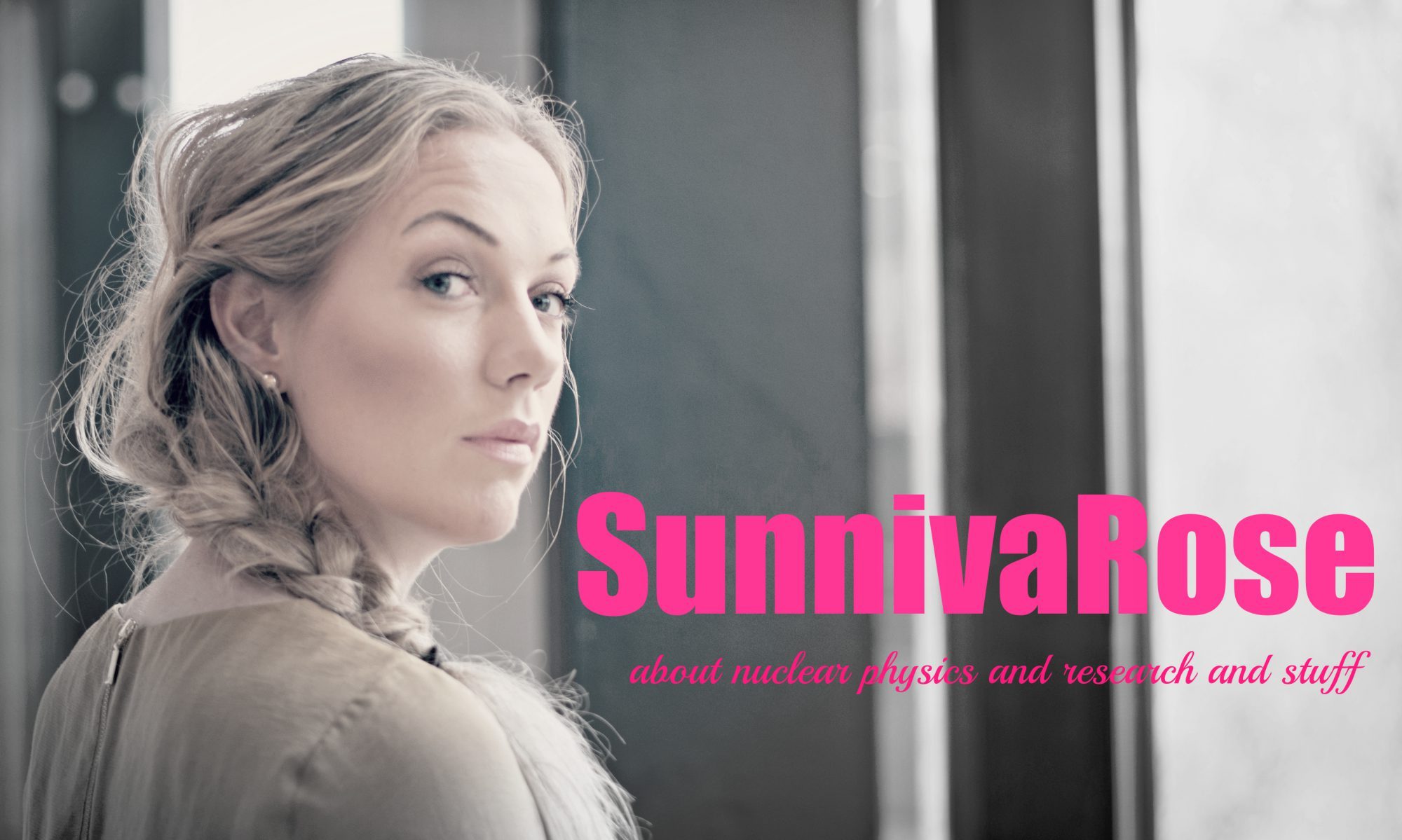I had almost already forgot about 10 fact on a Friday, but luckily I remembered (before it was too late), so here is 10 (more) facts about fission - Fission on a Friday, part 2:
- in a reactor the nucleus does not split into two equally big parts - fission is not symmetric (one part/fission product is bigger/heavier than the other one)
- the term "fission" was borrowed from biology - binary fission, which means division at a cell into two or more parts 🙂
- in a fast reactor, the nucleus actually splits into two equal (or close to equal) nuclei, so fact number 1 is only true for the reactors we have today
- the fission products are radioactive
- since the fission products are radioactive they produce heat
- since the fission products produce heat, the fuel in a reactor must be cooled even after a reactor is turned off (and that was the problem at Fukushima - cooling of the used fuel/fission products)
- fission was discovered by Otto Hahn and Fritz Strassmann in December 1938
- Lise Meitner was the one who really understood, theoretically, what was going on (with fission), but she was a women and a jew at a time in history when it was not the best to be both woman and jew (especially not to be jewish, maybe) - she never got the nobel price for fission, but she should have had it together with Hahn
- the nucleus (like uranium-233 or uranium-235 or plutonium-239, for example) fissions much more easily when they are hit by really slow neutrons - instead of fast neutrons, with a lot of energy, which is maybe what you would first think was a good idea for dividing something into two…
- since you get extra, free, neutrons when a nucleus fissions, you can get a chain reaction and produce energy 😀
Wish you all a really good Friday, and a great weekend <3


Fascinating. I had no idea that fast-spectrum fission, in addition to releasing more neutrons per fission, has a substantially different mass-distribution in the fission products compared to thermal-spectrum fission.
Something that's been intriguing me about thorium is the potential for using it in new fuel formulations for existing LWRs. LEU fuel for LWRs currently uses "burnable poison" like gadolinium to bring down the reactivity of the fresh fuel; otherwise the enrichment would have to be very limited and the fuel would have to be changed much more frequently. But instead of using burnable poison, why not use fertile material like thorium? This would also flatten the curve of reactivity vs.burnup as burnable poison does. But there would be two more salutary effects: it might extend the useful life of the fuel quite a bit, and it would create a stock of material that could be "mined" for bulk supplies of U-233.
I lack the depth of subject-matter knowledge to analyze this idea in detail. However, the potential shown by the light-water breeder experiment run at the Shippingport reactor from 1977-82 is enormous. If I understand correctly, the reactor ran for 4 full-power years without so much as re-arranging the core. It finished the run with 1.4% more fissiles than it had when it started. If such cores can be scaled down for units which are passively safe, there is the prospect of "heat batteries" which could run for many years with little or no attention to what's inside. Passively-safe heat batteries could be located inside cities, providing both electric power and heat for space heat and hot water. All this energy would be carbon-free, emissions-free, requiring the occasional truck-load of fuel (or possibly whole "heat batteries") in and out: no fuel pipelines, no trains or ships carrying daily or weekly loads of combustible minerals. Clean, compact, trouble-free... practically the stuff of Eden.